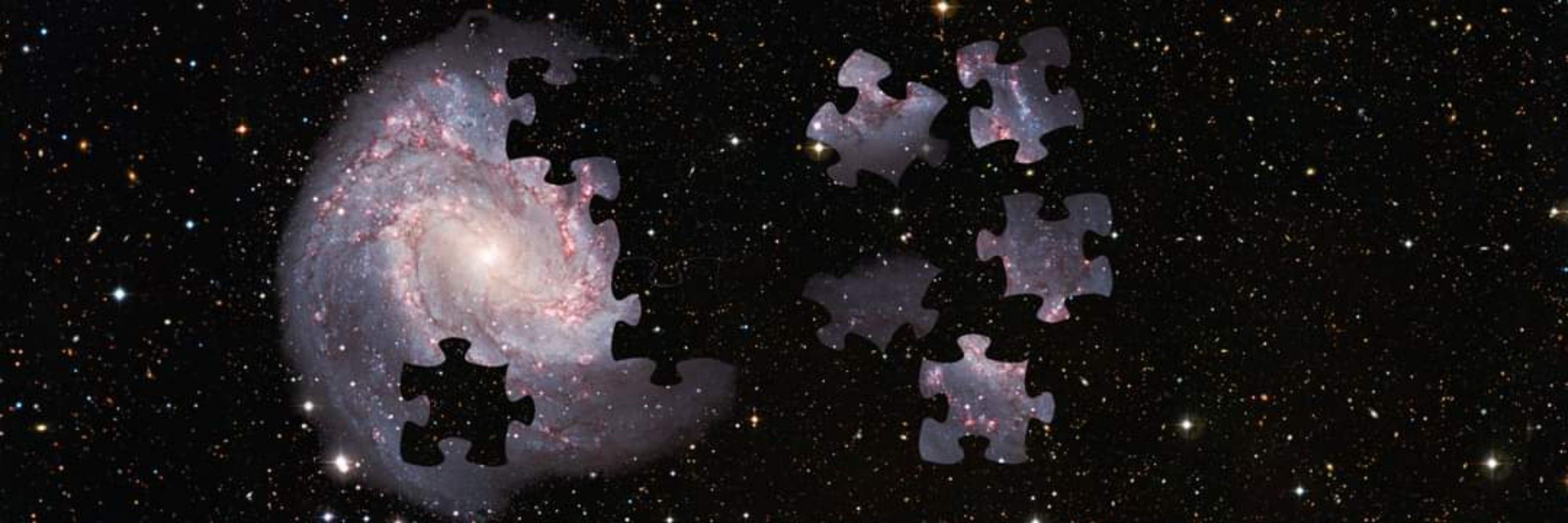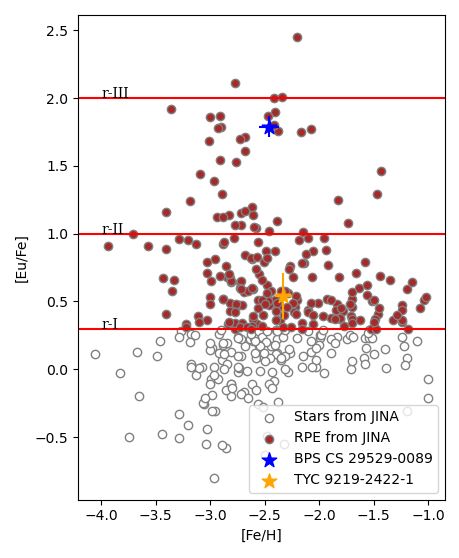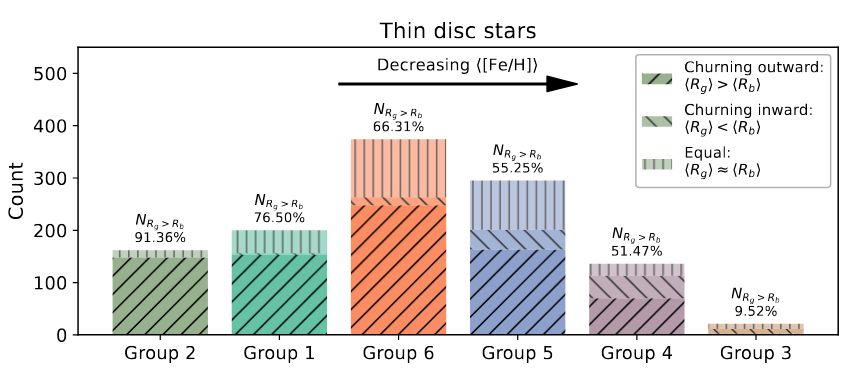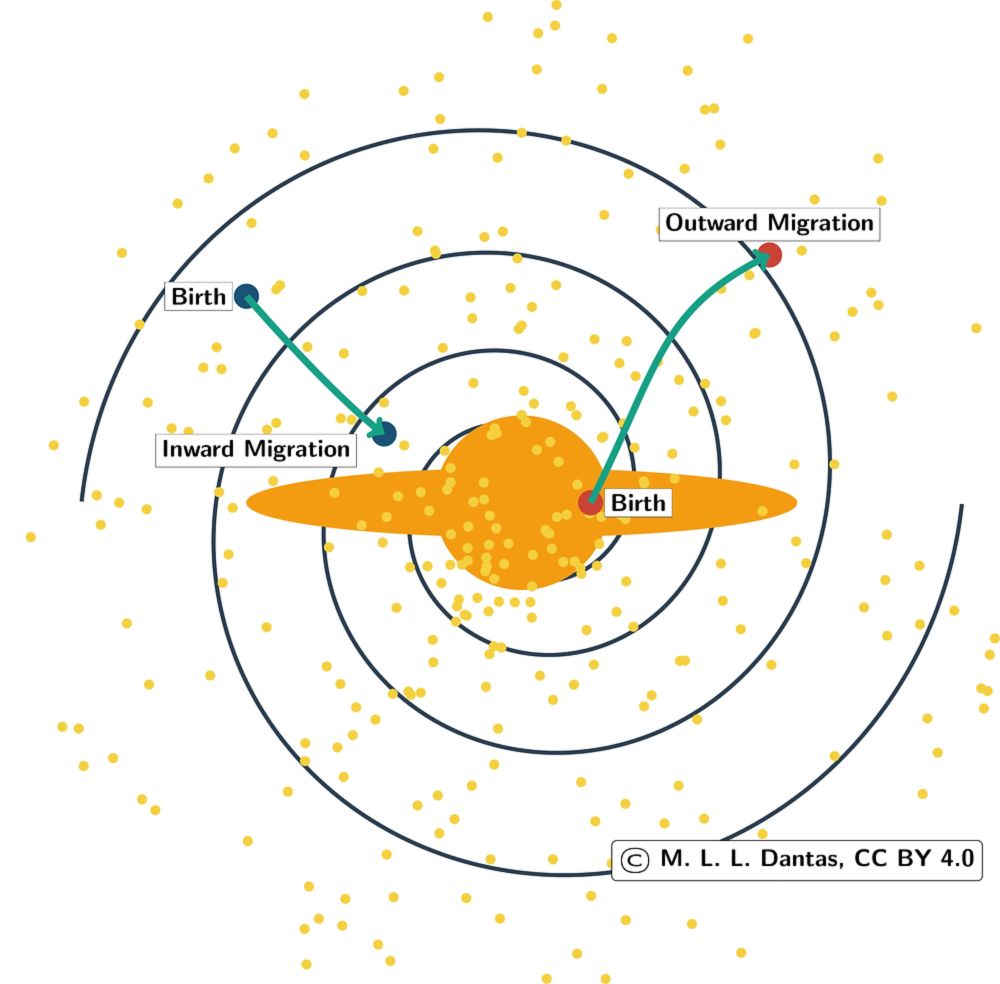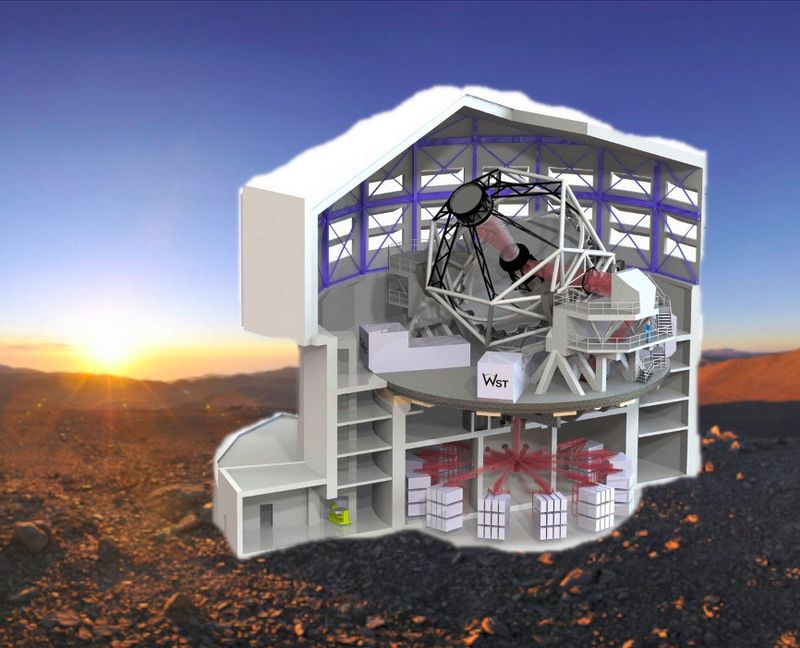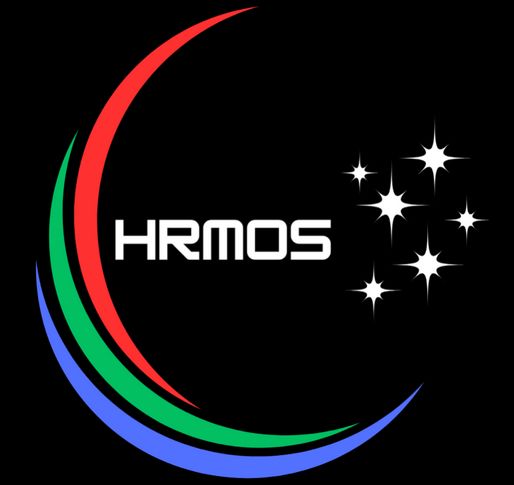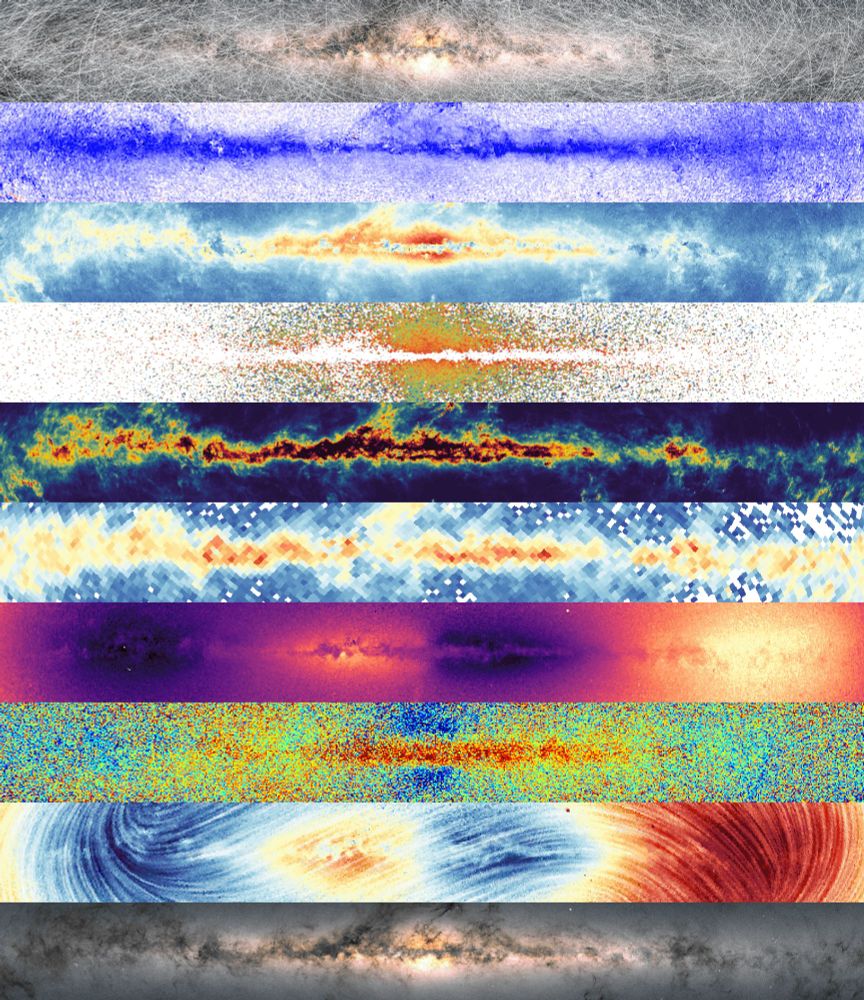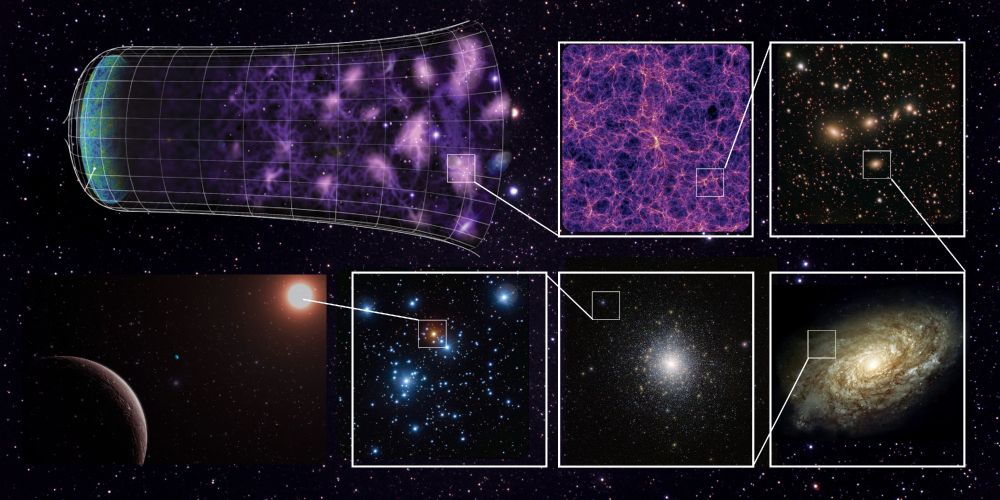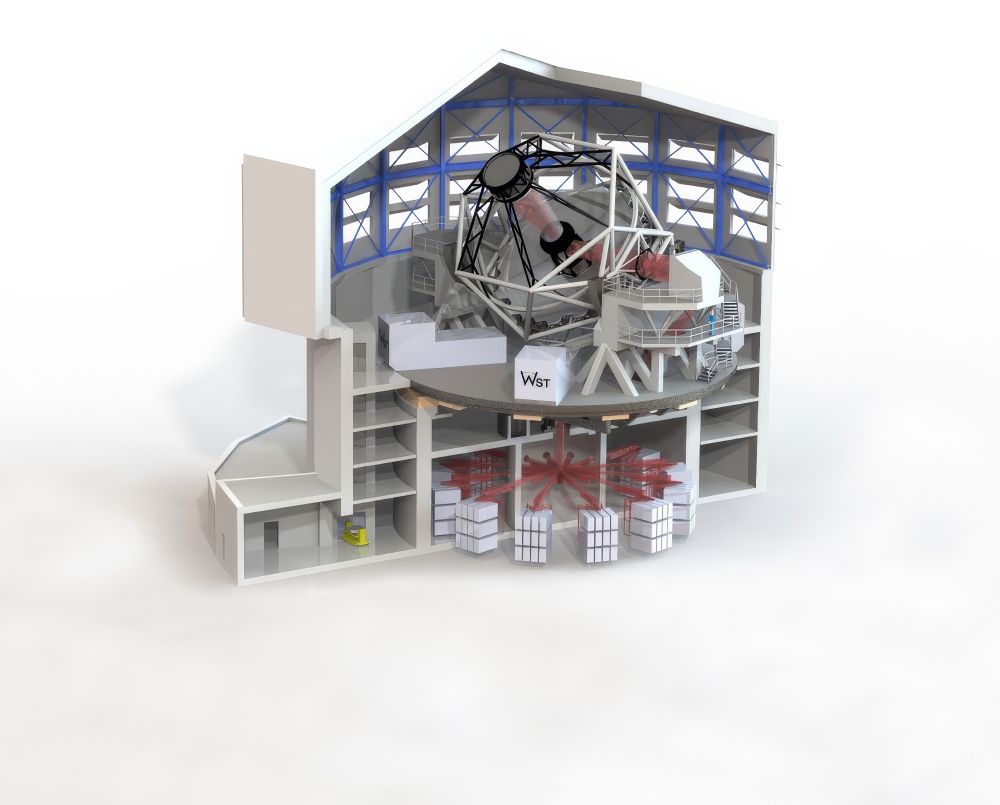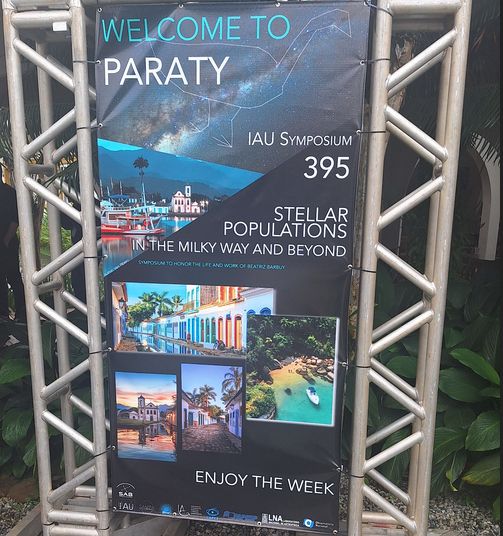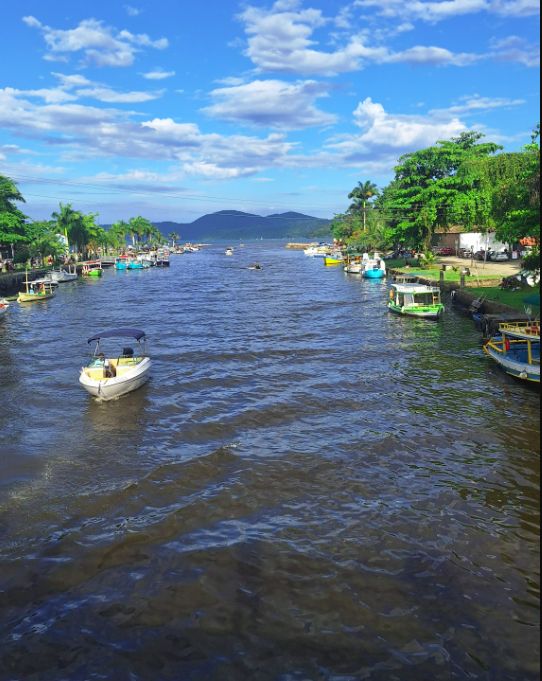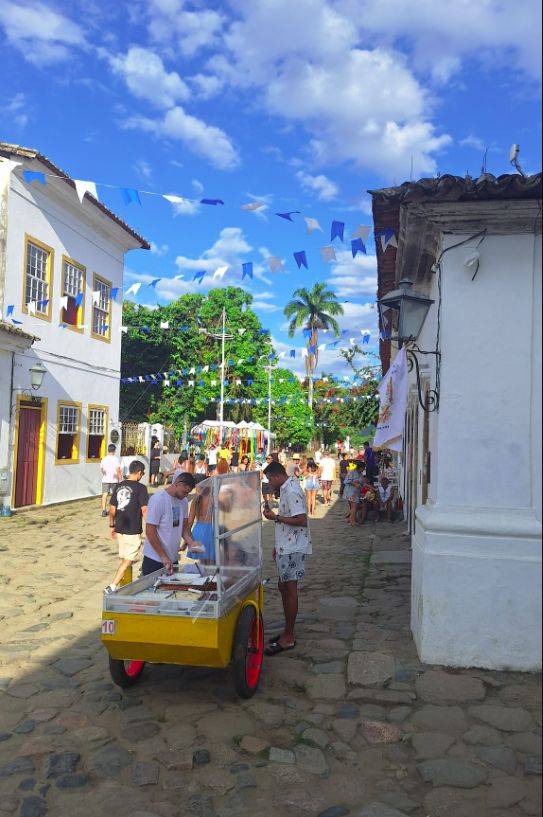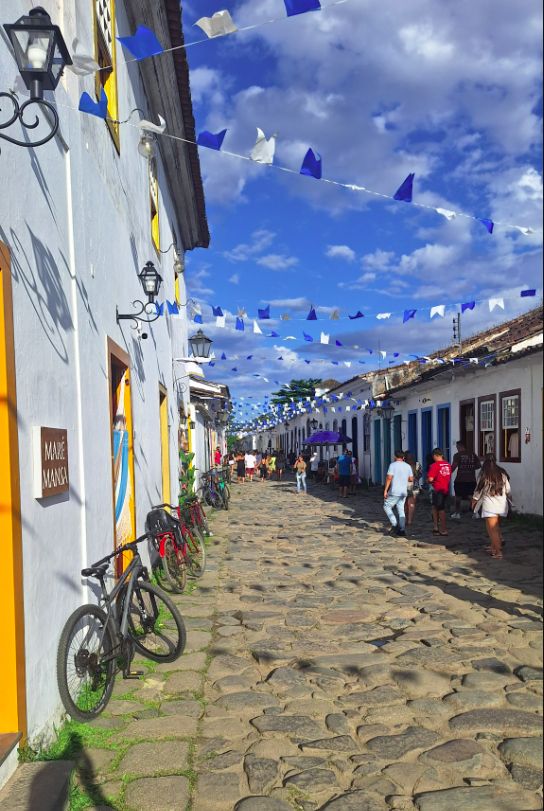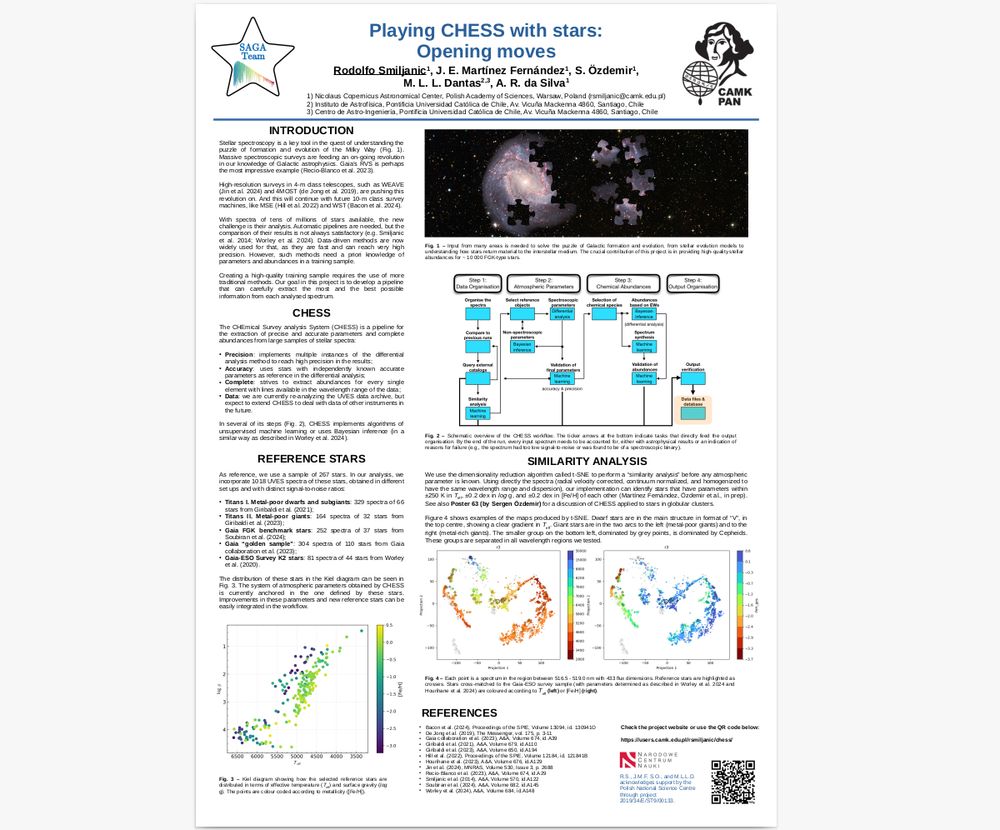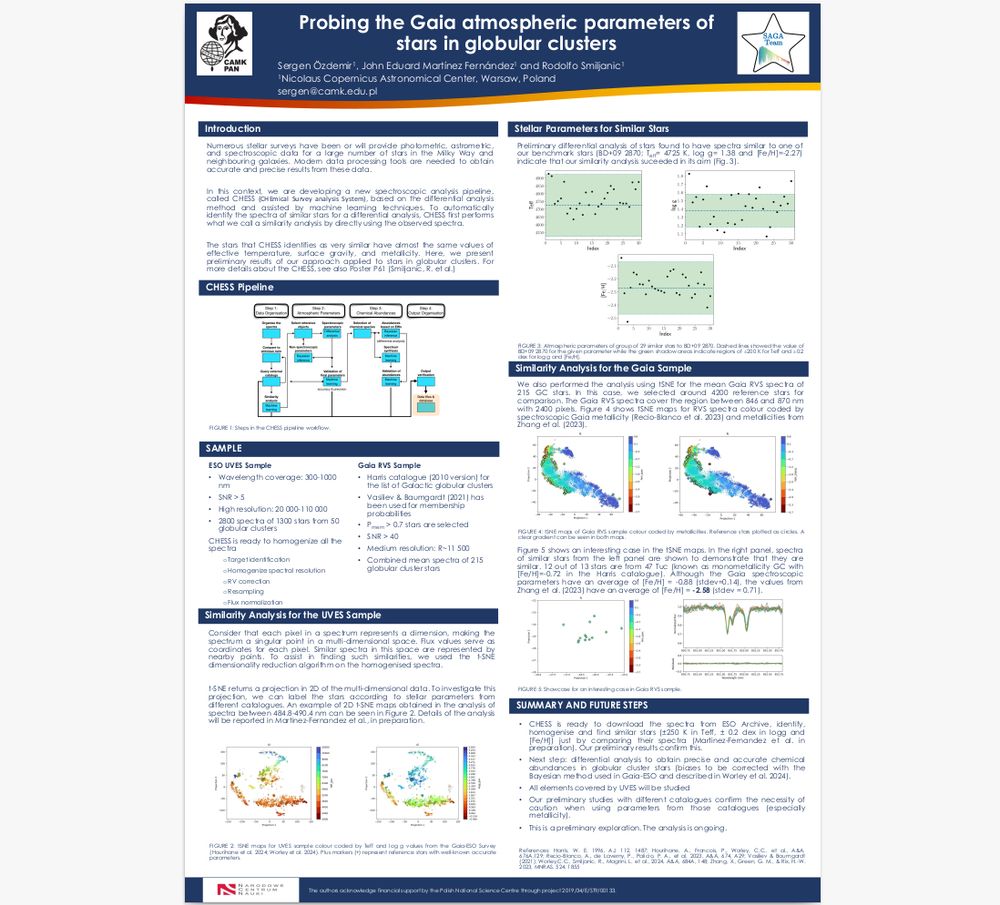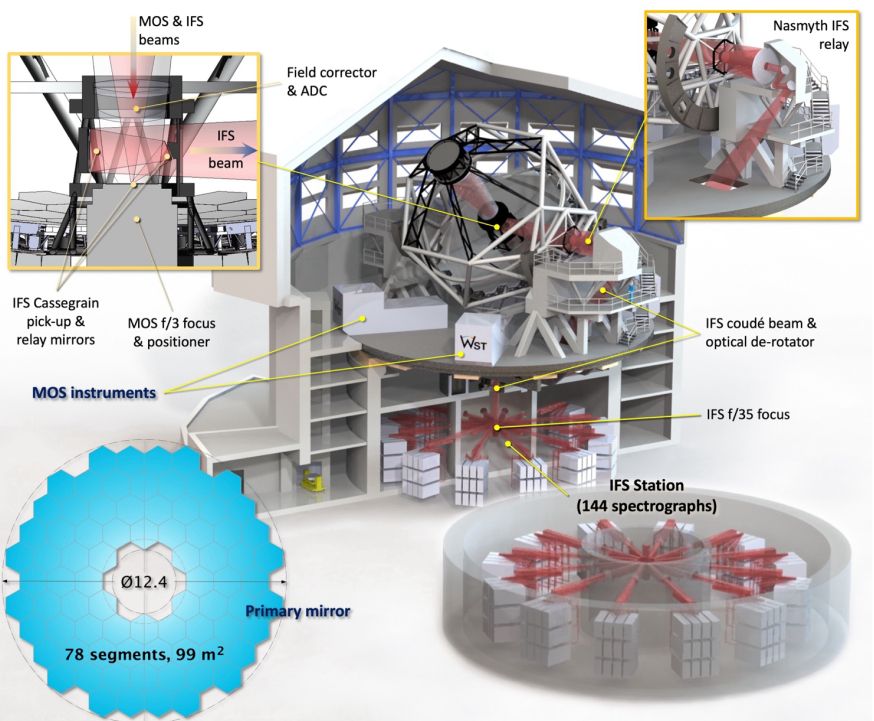SAGA Team
#SAGATeamCAMK 🔭🌟 Research group on Stellar Abundances and Galactic Archaeology. We explore the secrets of the #MilkyWay using stellar chemical abundances.
#astronomy #astrophysics #research #science #stars
linktr.ee/saga.team
- 🚨New paper alert! 🔭☄️🧪 📄 The paper entitled: "Discovery of a pair of very metal-poor stars enriched in neutron-capture elements: The proto-disk r-II star BPS CS 29529-0089 and the Gaia-Sausage-Enceladus r-I star TYC 9219-2422-1" was accepted for publication in A&A See: arxiv.org/abs/2503.04926
-
View full thread👨🏫 Finally, we also found that the chemical abundances in the two stars seem consistent with expectations for stars enriched by a single population III core collapse supernova. If true, this would make the two stars part of the second generation of stars being formed in the Universe.
- The attached figure shows how our two stars compare to other known metal-poor stars that are rich in neutron capture elements (showing in particular, the chemical element europium).
- 👵 We found that the star called BPS CS 29529-0089 was formed in proto-disk of the Milky Way, the structure that was just starting to form the disk of our Galaxy some 12 billion years ago.
- 🚀 The other star, called TYC 9219-2422-1, is part of the Galactic halo and was formed outside the Milky Way, in the dwarf galaxy that merged with the Milky Way some 9 billion years ago and is now called the Gaia-Enceladus merger event.
- 💥 In these processes, the atoms are gradually capturing several neutrons until at a later time some of the additional neutrons decay and transform into protons. When this happens, the atom becomes a new, heavier, chemical element.
- 🛠💻 In this work, we investigated in detail the properties of two old metal-poor stars. We determined abundances of 27 neutron-capture elements for them. We also investigated their orbits in the Galaxy and tried to understand the origin of these stars.
- 👨🎓 The paper is led by André Rodrigo da Silva, member of the SAGA Team, Ph.D. student of the GeoPlanet Doctoral School working at the Centrum Astronomiczne im. M. Kopernika PAN This work was funded by an OPUS grant of @ncn.gov.pl
- ⭐️ The bottom half of the periodic table, containing the elements heavier than Fe, cannot be produced by normal nuclear burning inside stars. They are produced by what astronomers call "neutron-capture processes".
- ☄️ "Probing the Origins I: Generalised Additive Model inference of birth radii for Milky Way stars in the solar vicinity" has been accepted for publication in A&A! See: arxiv.org/abs/2502.20441 The paper is led by Maria Luiza L. Dantas, Universidad Católica, Chile, former postdoc at the SAGA Team!
-
View full threadRead more in: www.mlldantas.com/post/probing...
- The participation of the #SAGATeamCAMK was funded by a Sonata Bis grant from @ncn.gov.pl
- 👶"This work dives into the fascinating question of where stars in our Galaxy were born and how their orbits have changed over billions of years."
- 🧳It shows for example that "metal-rich stars, born in the inner regions of the Milky Way, tend to be churned outward, while metal-poor stars, born in the outer thin disc, show the opposite trend."
- 🔭 Special Session 7 at the Annual Meeting of the EAS is about "WST: the Wide-field spectroscopic facility" eas.unige.ch/EAS_meeting/... WST is planned to be a 12m telescope with 3 sq. degree FoV fully dedicated to multi-object spectroscopy! #Astrophysics #Stars #Instrumentation
- Abstract deadline is March 3rd See also: www.wstelescope.com
- 🔭 Special Session 44 at the EAS Annual Meeting 2025 will discuss: "The HRMOS instrument: very high spectral resolution combined with multi-object capabilities" eas.unige.ch/EAS_meeting/... Abstract Submission is open! Deadline: 3 March 2025 #stars #astrophysics #milkyway #SAGATeamCAMK
- 🔭 Symposium S1 at the EAS Annual Meeting 2025 will be all about the Gaia mission: "Gaia: The (TWO) Billion Star Galaxy Census: Anticipating the Leap in Understanding of Planets, Stars, the Milky Way with Gaia DR4" eas.unige.ch/EAS_meeting/... Abstract submission is open! Deadline: 3 March 2025
- Image Credits: ESA/Gaia/DPAC - CC BY-SA 3.0 IGO. Acknowledgements: created by Tineke Roegiers, based on different Gaia sky maps created by ESA/Gaia/DPAC - CC BY-SA 3.0 IGO and inspired by NASA's Multiwavelength Milky Way Images.
- 🔭 New project on stellar abundances of carbon, nitrogen, and oxygen, funded by a DAINA grant, has started! mao.tfai.vu.lt/cno In this project, we will study the abundances of C, N, and O in a large set of stars that belong to all stellar populations of the Milky Way #SAGATeamCAMK #Astrophysics
-
View full thread📊📄 Together, these efforts will help to clarify with unprecedented detail the intricacies of the history of C, N, and O in the Galaxy, providing important input to improve our understanding of Galactic and stellar evolution.
- 💳 The project is funded by a DAINA grant awarded by the National Science Center, Poland, and the Research Council of Lithuania (Lietuvos mokslo taryba)
- ⭐ The project called "The history of C, N, and O in the Galaxy" is co-led by dr hab. Rodolfo Smiljanic from the Nicolaus Copernicus Astronomical Center, Polish Academy of Sciences, and doc. dr Šarūnas Mikolaitis from the Institute of Theoretical Physics and Astronomy, Vilnius University, Lithuania
- 👨🏫 The project has two main goals: 1) to reconstruct the time scales of CNO production and identify the main types of stars that function as sources of these elements; 2) to better quantify the role of magnetic activity on the transport of chemical elements inside stars.
- [Not loaded yet]
- Congrats to Trifon and his team!
- 🔭 61 Cygni to mark the end of Gaia's science observation phase! January 15th, 2025, marks the end of Gaia's observation phase. Read more here: cosmos.esa.int/web/gaia/iow... Image credits: Credits: ESA/Gaia/DPAC - CC BY-SA 3.0 IGO #ESAGaia #GaiaMission #GaiaDPAC #SAGATeamCAMK
-
View full thread🛰️ This is, however, far from being the end of the Gaia mission! 📊 The Gaia team is working on preparing Data Release 4, which will make new groundbreaking science possible with a much larger data volume. Gaia DR4, covering 5.5 years of mission data, is expected in 2026.
- 📁📈 Furthermore, the final Gaia data release, Data Release 5, covering the full 10.5 years of mission data, is expected around the end of the decade.
- ✅ Gaia observed the sky for ten and a half years, collecting more than 2600 billion astrometric observations. ⭐️ One of the last Gaia observations was of the iconic double star 61 Cyg (see Figure), whose distance was the first ever measured in 1838 thanks to F. W. Bessel.
- 🔭 Just a reminder: a 3-year postdoc position is open; Deadline is January 10th! #astrojob #hiring #postdoc #SAGATeamCAMK
- 🔭🌟Join the #SAGATeamCAMK - We are #hiring (again)! A 3-year postdoc position is open to work on a comprehensive study of CNO abundances in Milky Way stars. Deadline is January 10th! www.camk.edu.pl/en/archiwum/... #astrojob #astrophysics #postdoc #Research
- 🔭🌟Join the #SAGATeamCAMK - We are #hiring (again)! A 3-year postdoc position is open to work on a comprehensive study of CNO abundances in Milky Way stars. Deadline is January 10th! www.camk.edu.pl/en/archiwum/... #astrojob #astrophysics #postdoc #Research
- 🔭 Just a reminder - Deadline is Friday, December 6th.
- 🔭🧪 We are hiring! One postdoctoral position is available at the Nicolaus Copernicus Astronomical Center, in Warsaw, Poland, to work on a comprehensive spectroscopic study of metal-poor stars. See details here: www.camk.edu.pl/pl/archiwum/... Deadline is December 6th, 2024 #astrojob
- 🔭🧪 Curious if anyone would like to share thoughts/experience with Qeios and their public peer review approach? Is this a legitimate initiative? Or something to be wary of? #AcademicSky
- [Not loaded yet]
- Agree its a good idea, in principle. But is it an implementation that can be trusted? Sounds easy for a pseudoscientist to post something and get friends to write positive reviews. Ok, good scientists can later say the post makes no sense. But that requires time commitment that most may not have...
- 🔭 "The European Union Funds the Conceptual Study of the Wide-field Spectroscopic Telescope" On Nov. 4th, the contract was signed to fund the conceptual study of the Wide Field Spectroscopic Telescope (WST), which could become operational in Chile after 2040 See: www.camk.edu.pl/en/archiwum/...
-
View full threadDr hab. Rodolfo Smiljanic (P.I. of the SAGA Team) is NCAC’s representative at the Steering Committee and is also one of the co-leaders of the science working group on the topic of exoplanet, stellar, and Galactic astrophysics.
- Visit the WST website: www.wstelescope.com Funded by the European Union: cordis.europa.eu/project/id/1... #SAGATeamCAMK #WST #CAMKPAN
- The innovative WST project aims to build a telescope dedicated entirely to wide-field spectroscopic surveys in the optical band, covering all types of celestial objects—from distant galaxies to asteroids and comets within our Solar System.
- The consortium includes 19 research institutions across Europe and Australia, with a science team of over six hundred members from 32 countries distributed in all five continents. The Nicolaus Copernicus Astronomical Center (NCAC) of the Polish Academy of Sciences is part of the WST consortium.
- 🔭 Last week two members of the SAGA Team attended the #IAUS395 "Stellar populations in the Milky Way and beyond" at the beautiful city of Paraty in Brazil. #SAGATeamCAMK
-
View full threadThe Ph.D. student Sergen Özdemir presented preliminary results of an investigation of stars in globular clusters, using Gaia and UVES spectra. The general principles of the CHESS pipeline were presented by the P.I. of the team.
- We thank the organizers (LOC and SOC) and all the participants for the fantastic conference! The "Playing CHESS with stars" project is supported by Narodowe Centrum Nauki
- It was amazing to listen to and meet so many of the key names in the area but also to many of the young researchers that are pushing the field forward! The symposium also honoured the life and work of Beatriz Barbuy, renowned Brazilian astrophysicist.
- The SAGA Team presented the project "Playing CHESS with stars", where we are developing a new pipeline that aims to obtain accurate and precise stellar parameters and abundances for large sets of spectra.
- This fantastic conference covered the latest developments in the field coming from large stellar surveys, new instrumentation like JWST, and the new generation of cosmological simulations.
- [Not loaded yet]
- Thank you! You are too kind
- 🔭🧪 We are hiring! One postdoctoral position is available at the Nicolaus Copernicus Astronomical Center, in Warsaw, Poland, to work on a comprehensive spectroscopic study of metal-poor stars. See details here: www.camk.edu.pl/pl/archiwum/... Deadline is December 6th, 2024 #astrojob
- Image credit: Freepik - www.freepik.com/free-vector/...
- 🔭 The Widefield Spectroscopic Telescope - a future 12m spectroscopic survey telescope that will be equipped with a multi-object spectrograph of 20,000 fibers and also a giant 3×3 arcmin2 integral field spectrograph! Read the latest news about WST in an SPIE proceedings: dx.doi.org/10.1117/12.3...
- Or see also the free to read pre-print of the proceedings in: arxiv.org/abs/2405.12518
